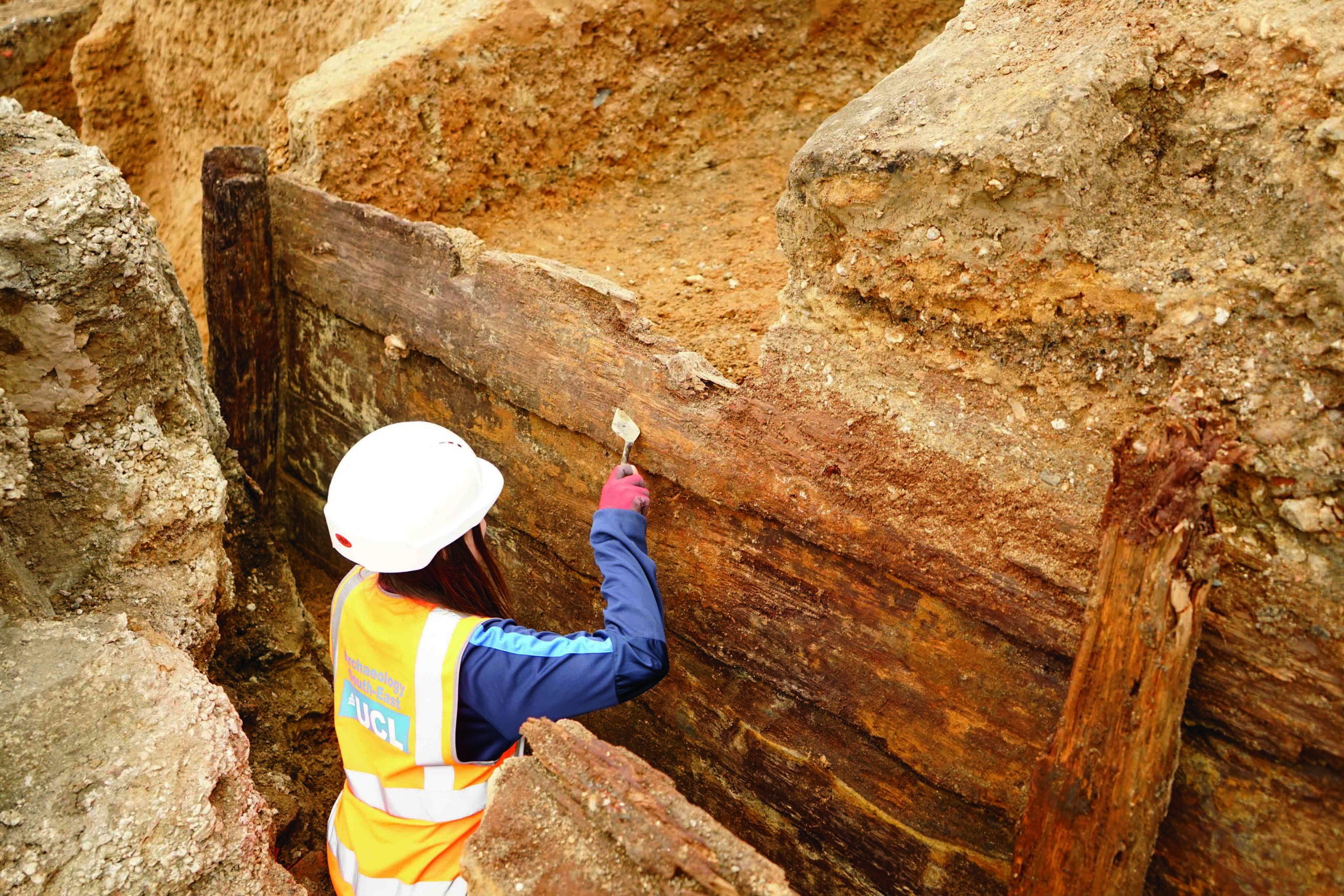JURIEN BAY, AUSTRALIA—A nineteenth-century lifeboat has been carefully retrieved from the rafters of a hay shed in Western Australia, according to an ABC News Australia report. Constructed in South Australia in 1885, The Maid of Lincoln was laden with a load of guano from the Abrolhos Islands when it sank off the coast of Western Australia in 1891. The captain and crew escaped the sinking vessel and traveled by lifeboat to the coast, where they were rescued by the Grigson family who connected the survivors with the police in the sparsely populated town of Jurien Bay. The captain gave the lifeboat to the Grigson family, who used it for fishing before storing it in the rafters of a hay shed some 70 years ago. After carefully measuring the boat in case it disintegrated during the removal, archaeologist Bob Sheppard, caver and ropes expert Ian McCann, and a team of volunteers extricated the boat from its perch and stored it intact in a weather-proof shed. It will be restored and put on display for the community, said descendant John Grigson. “There’s nothing like it in Australia. It’s just remarkable,” Sheppard added. To read about excavations of a nineteenth-century prison outside Melbourne, go to "Alone, but Closely Watched."
Family Shares History of 19th-Century Lifeboat in Australia
News March 30, 2021
SHARE:
Recommended Articles
Digs & Discoveries July/August 2025
Ancestral Rings

Photo: Near Map 2024, prepared by Zara Lasky-Davison, Wurundjeri Woi-wurrung Cultural Heritage Aboriginal Corporation

Photograph by Jamie North, courtesy Hyde Park Barracks Collection, Museums of History NSW
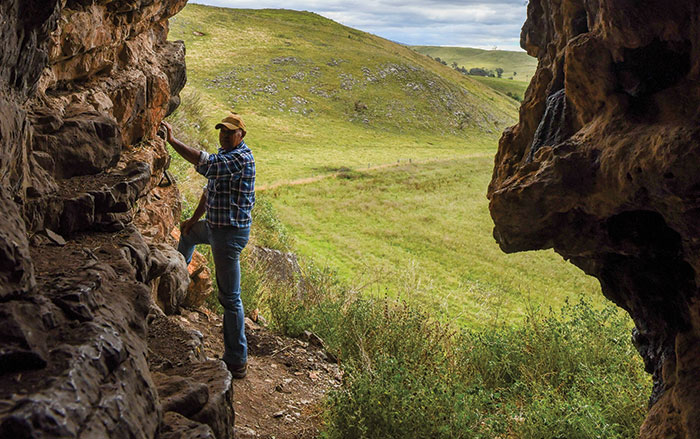
Jess Shapiro/GunaiKurnai Land and Waters Aboriginal Corporation
Letter from Australia November/December 2022
Murder Islands
The doomed voyage of a seventeenth-century merchant ship ended in mutiny and mayhem
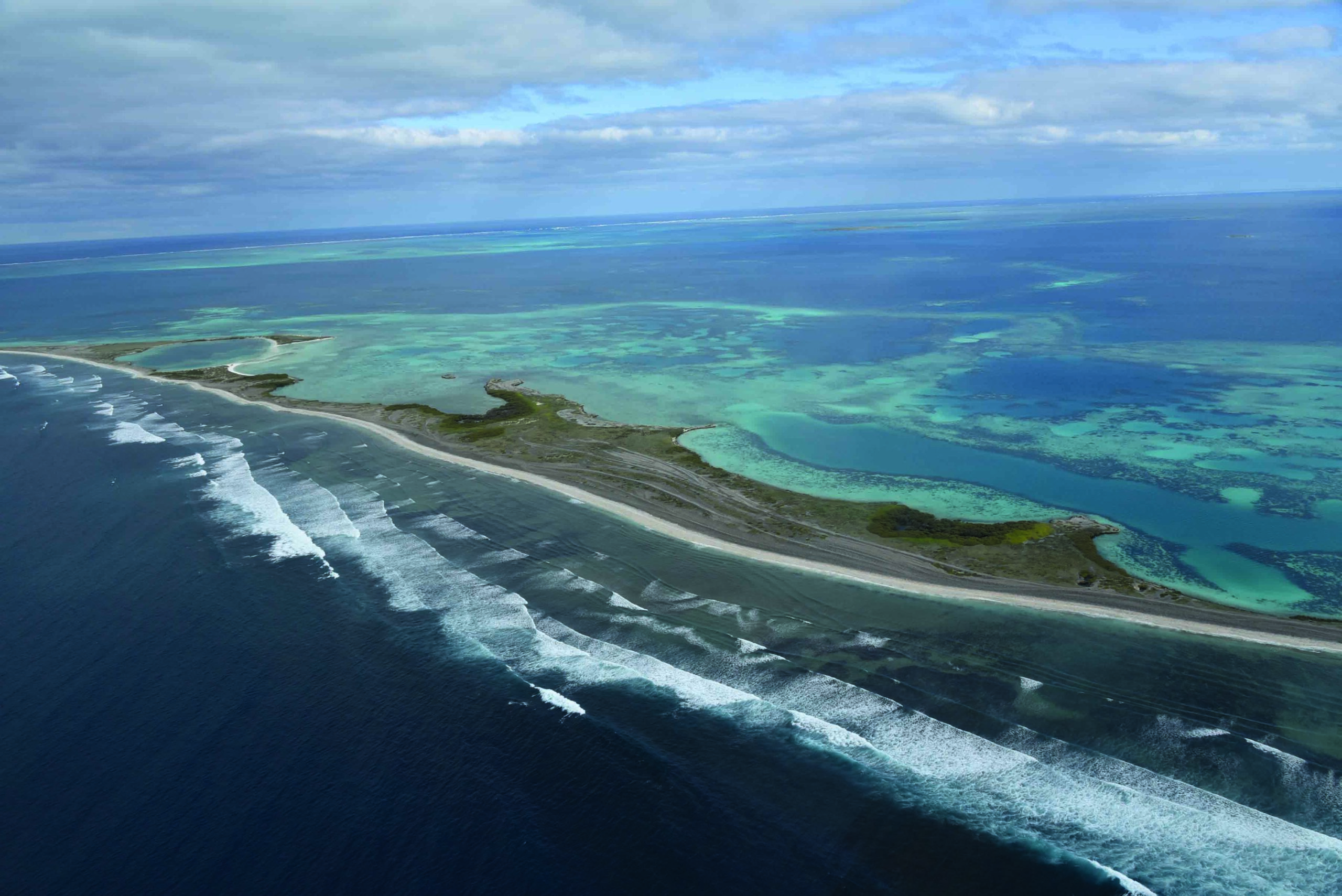
(Roger Atwood)
-
 (Pasquale Sorrentino)
(Pasquale Sorrentino) -
Features January/February 2021
Return to the River
Members of Virginia’s Rappahannock tribe are at work with archaeologists to document the landscape they call home
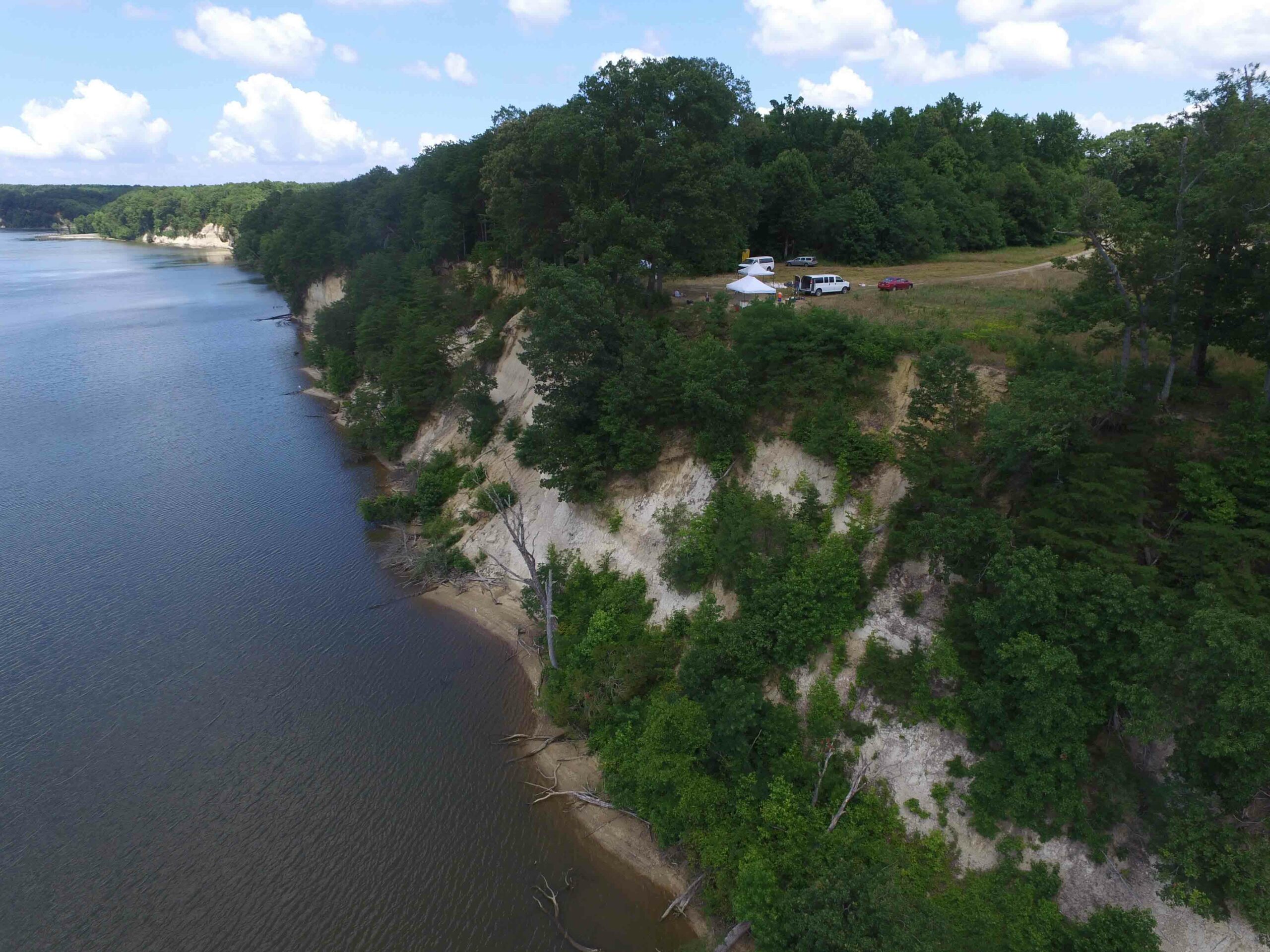 (Courtesy Julia King)
(Courtesy Julia King) -
Letter from Woodhenge January/February 2021
Stonehenge's Continental Cousin
A 4,000-year-old ringed sanctuary reveals a German village’s surprising connections with Britain
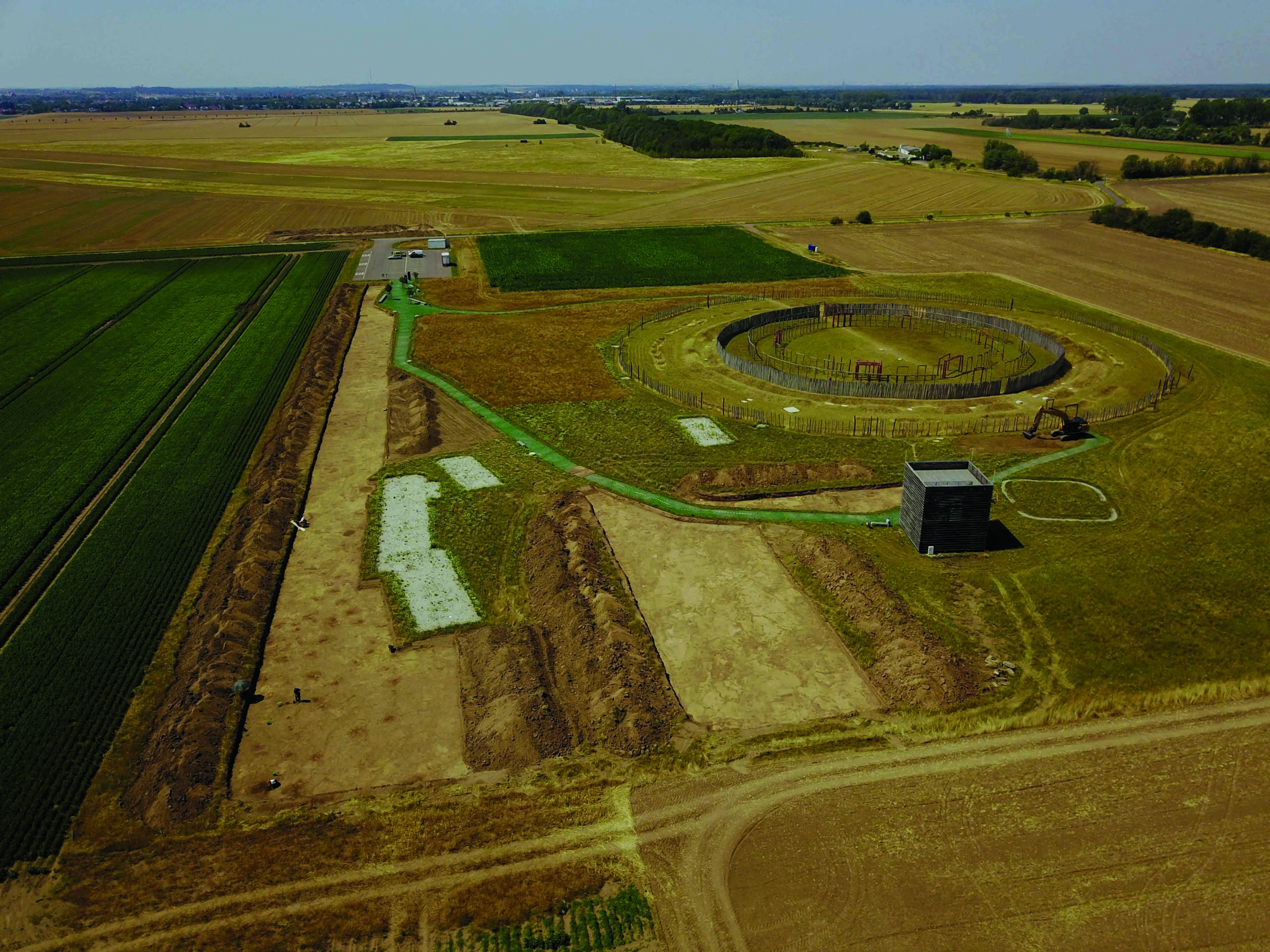 (Photo Matthias Zirn)
(Photo Matthias Zirn) -
Artifacts January/February 2021
Inca Box with Votive Offerings
 (Courtesy Teddy Seguin/Université Libre de Bruxelles)
(Courtesy Teddy Seguin/Université Libre de Bruxelles)


